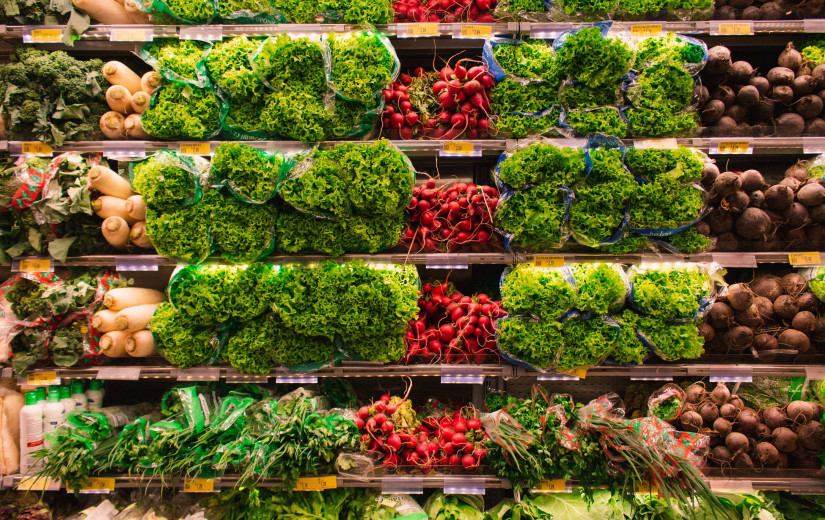Diagnosed with Lactose Intolerance? Here is What You Need to Know
Your mind may be swirling if you have recently been diagnosed with lactose intolerance. This condition leads to a host of digestive issues after consuming dairy products. While it is not life-threatening, managing your lactose intolerance can be a challenge. Here is what you need to know about this condition.
Defining Lactose Intolerance
This disorder is caused by the inability of the body to digest lactose. Lactose is the primary carbohydrate in dairy products. Individuals who suffer from this condition do not produce enough lactase, the enzyme needed to properly digest lactose.
Because lactose is a disaccharide made of two sugars, it needs the lactase enzyme to break it down into glucose and galactose. Without the right amount of lactase, the enzyme moves through the digestive system without being processed properly. This is what causes the digestive symptoms of the disorder.
Causes of Lactose Intolerance
There are two primary types of lactose intolerance. Primary lactose intolerance is the most common, triggered by a decrease in the production of lactase as you get older. This type of lactose intolerance is largely genetic with some populations seeing a much higher incidence of the condition. For example, while lactose intolerance may affect only 10% of Europeans, between 60% and 80% of Africans and Asians suffer from the disorder.
Much less common is secondary lactose intolerance. This type of intolerance is caused by an illness such as celiac disease. The intolerance sets in if inflammation in the wall of the gut leads to a temporary decrease in the production of lactase.
Symptoms of Lactose Intolerance
There are many different ways that lactose intolerance may present itself. The most common symptoms include a sudden urgency to have a bowel movement. Nausea and vomiting are other symptoms of this disorder. Diarrhea is common because the undigested lactose pools in the small intestine, causing more water to move through the digestive tract.
Lactose also causes the formation of short-chain fatty acids, leading to gas, bloating, and pain in the abdomen. The intensity of these symptoms may vary greatly, depending on how much lactose an individual can tolerate and how much of it was ingested at any given time.
Foods That Contain Lactose
Unfortunately, it can be difficult to avoid lactose for many people. Lactose is found in dairy products and other food products with a dairy component. This includes all types of cow's milk, goat's milk, all types of cheeses, ice cream, butter, and yogurt. You will also find lactose in products that are heavy on dairy, such as chocolate, some baked goods, instant soup, and more.
If you are particularly sensitive to dairy, you may need to get in the habit of scrutinizing labels to avoid hidden triggers. Some of the ingredients that spell trouble include whey, whey protein, curds, milk sugar, buttermilk, cheese, sour cream, cheese, and dry milk solids.
It is also important to note that lactic acid, lactalbumin, lactate, and casein are not actually lactose.
Tolerating Small Amounts of Lactose
Most individuals diagnosed with lactose intolerance can handle small amounts of it. This is not like a food allergy where the tiniest trace can trigger symptoms. For example, the lactose in one serving of yogurt is often tolerated by people with this condition. Certain types of cheeses, such as swiss and mozzarella, are also better tolerated than other kinds of cheese and milk.
How to Increase Calcium Intake
One of the biggest challenges for people with lactose intolerance is that it can be difficult to consume enough calcium if dairy products are off-limits. If you are forced to remove most dairy from your diet, it is important that you are intentional about getting in enough of this nutrient.
Good choices to make up this deficit include calcium-fortified foods such as juices and bread, canned fish with bones, and high-calcium plant foods such as kale and broccoli.
While it may take time to get used to this diagnosis, you will find it much easier to avoid and manage the symptoms of lactose intolerance once you learn more about the condition.

















